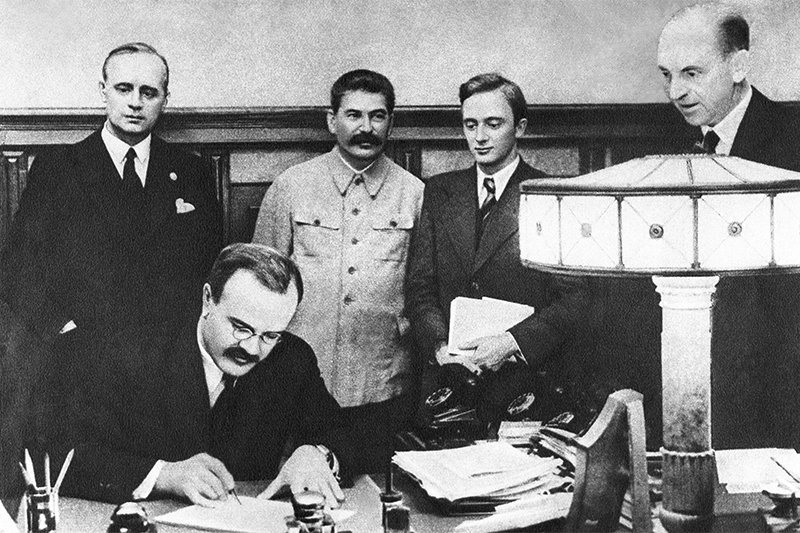People are not plaster saints or cartoon characters. As a result, while there are good people out there, and plenty of awful ones too, seldom do we encounter people who are either purely good or purely awful. Take one of America’s favorite cheeses, which is named after a person who is horrible in many ways. Or the man who revolutionized libraries, and was also an awful predator who today would be ostracized or even locked up. Following are thirty things about those and other lesser-known awful sides of famous people and events from history.

30. A Famous Cheese Named After an Awful Landlord
The mildly flavored and slightly sweet Monterey Jack cheese is considered to be an “American original” because of its origins not in the Old World, but in the United States. Highly popular, Monterey Jack is a flexible platform that lends itself to a rich – and delicious – variety of cheeses. When not eaten by itself, it is often flavored with chili peppers and herbs to make Pepper Jack, marbled with cheddar to produce Cheddar Jack, or with Colby for Colby Jack.
If not mixed but simply aged for a longer period, it produces a harder cheese named Dry Jack. The first part of Monterey Jack’s name is from Monterey, California, where its earliest versions were first made in the eighteenth century by Franciscan friars. The second part is named after David Jacks (1822 – 1909). A shady businessman and awful landlord, he was the first to widely market and popularize Monterey cheese, and added his name to the brand to make it Monterey Jack.

